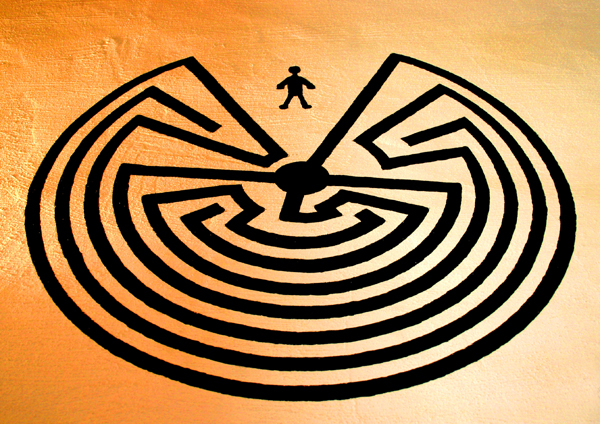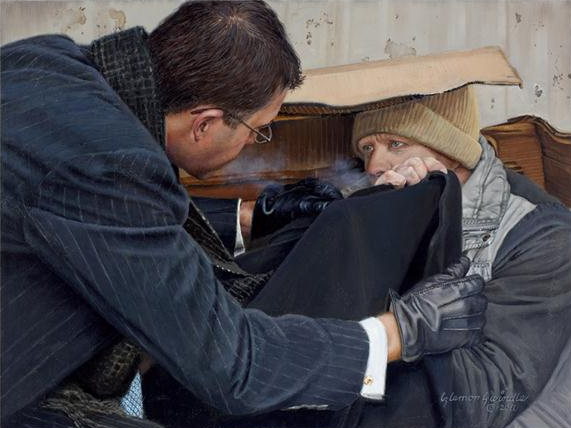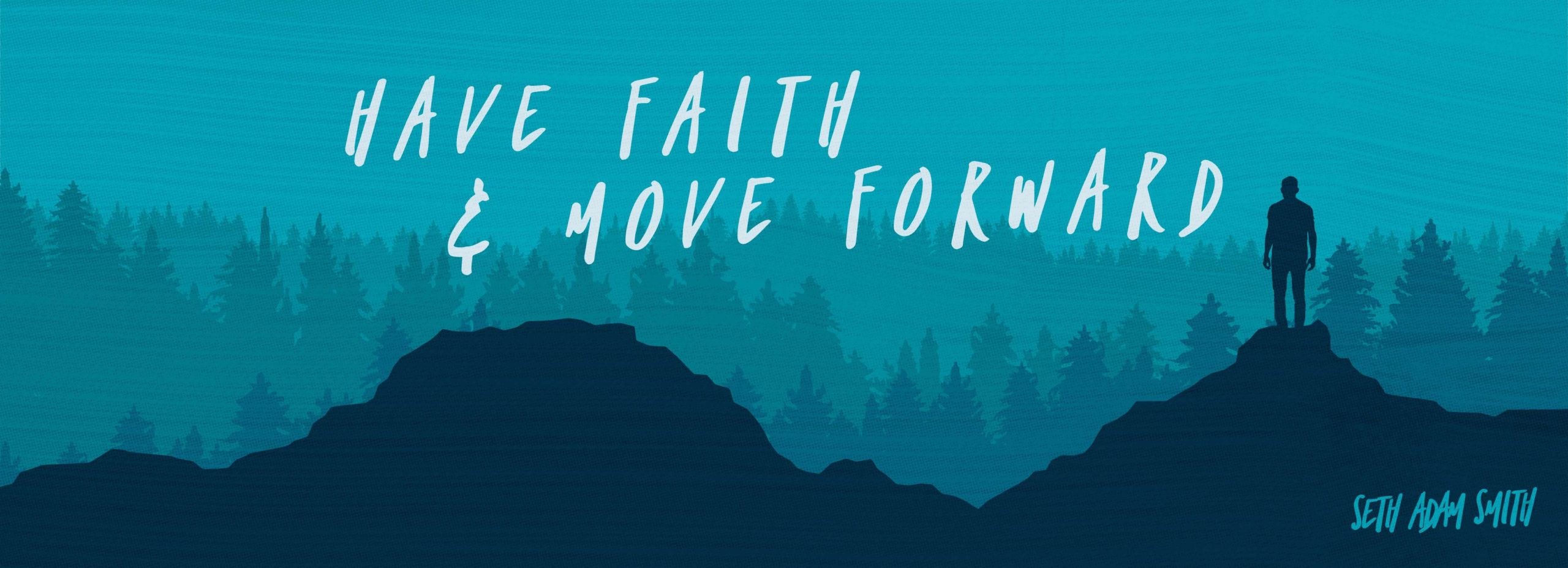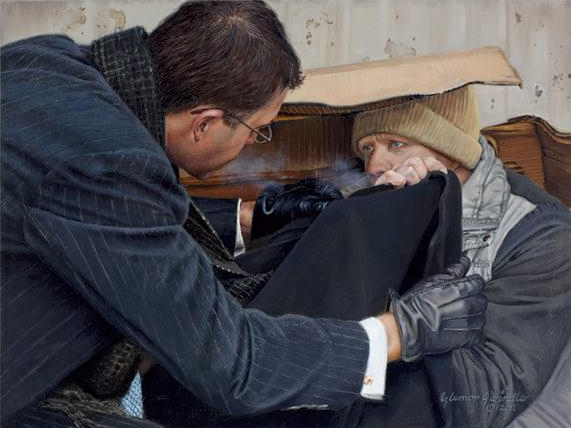
“What’s that?” I asked my friend Lehi, pointing at the large, silver ring on his index finger. Lehi is a talented artist and a Native American of Navajo descent.
“This?” he pulled off the ring and handed it to me. “It’s ‘the man in the maze.’ It’s a Native American symbol found in Southwest Arizona. It’s a symbol that reminds us that life is a maze and that we are wanderers just trying to find our way home.”
I stared at the ring for a while, letting the symbol sink in. As soon as I got home, I started researching “The Man in the Maze.” The story behind the symbol is beautiful.
The Man in the Maze symbol originates from the Tohono O’odham natives. According to their oral history, “the labyrinth design depicts experiences and choices we make in our journey through life. In the middle of the “maze”, a person finds their dreams and goals. When we reach the center, we have one final opportunity (the last turn in the design) to look back upon our choices and path, before the Sun God greets us, blesses us, and passes us into the next world” (Source: I’itoi).
I’ve thought a lot about the Man in the Maze symbol since Lehi showed it to me. We are all on a journey through this maze of life. We are all searching for the center—the purpose or point of our unique journey.
Several years ago, my friend (who we’ll call ‘Rick’) found himself at a dead-end in his life. For years, he had made many poor choices, and had since become viciously and hopelessly addicted to drugs and alcohol.

After living on the streets for about a year, Rick was discovered by an old friend who instantly knew that Rick was at the end of his rope. The friend bought Rick some food and got him a room to stay for the night and get cleaned up. Rick said he walked into the bathroom and looked at himself in the mirror. He realized that the man who looked back at him was not himself.
Right then and there, in the bathroom of an obscure hotel room, Rick poured his alcohol down the toilet and committed to moving forward.
Today, many years later (and after many mistakes followed by recommitments), Rick is happy to report not only his long-standing sobriety, but his dedication to helping others move forward.
Because our lives are filled with a labyrinth of choices, it is to be expected that we will make wrong turns and experience setbacks. In this, we must not despair or feel that we are trapped. The quickest way out is to readily admit our mistakes and embrace our experiences for what they can teach us. Doing so is the surest way to freedom and to gaining greater wisdom and strength in making future choices.
And undoubtedly, your decision to move forward will inspire countless others to do the same.


You must be logged in to post a comment.